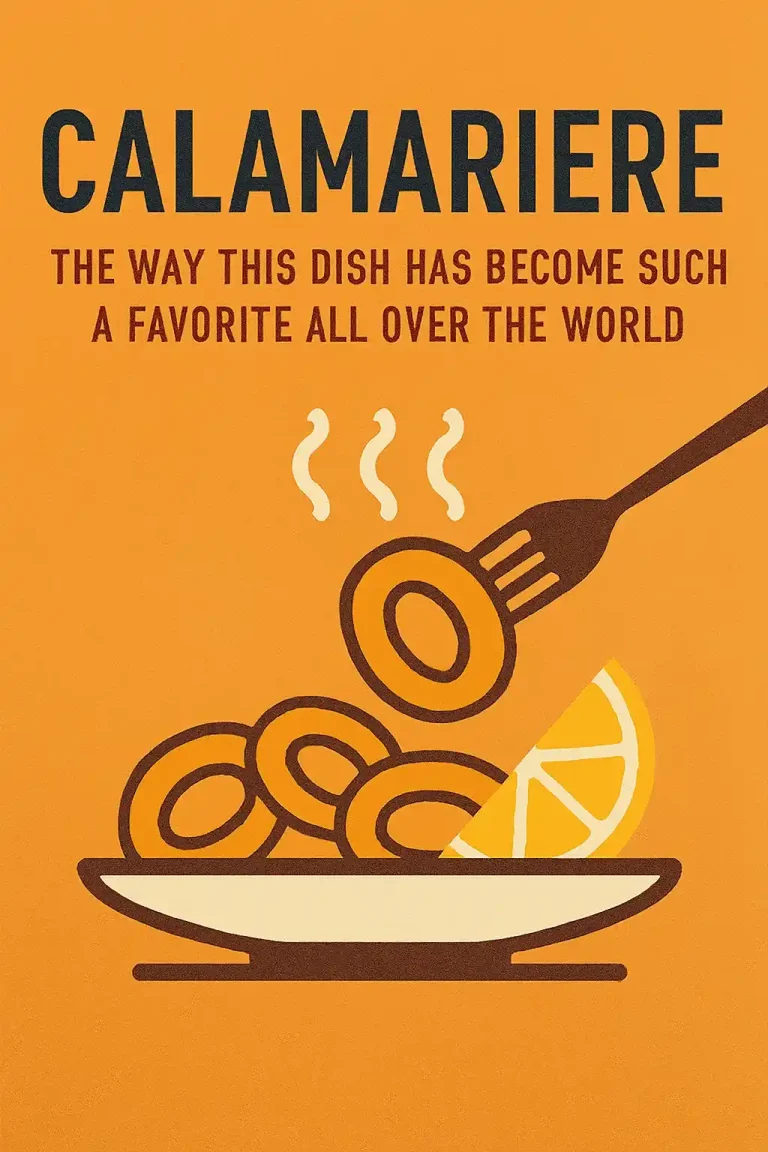Koriandri: Sound Pearling Culinary that has a long tradition

Koriandri Introduction
Koriandri is a spice that has crossed the borders of the continents, and cuisines have become a cooking necessity due to its radiant smell and unique taste. It is a very versatile ingredient that is at the intersection of tradition and innovation in home cooking or restaurant cuisine. It could be said that knowing its history, recipes and health value is better than tasting itself, it will lead you to the ways of food culture and natural health throughout 700 years of history.
A Journey Through Time
Koriandri is a story thousands of years old. They thought that this herb must have developed in the Mediterranean and some regions of Asia and was highly valued by ancient civilizations. Egyptians cherished it to the extent that even when they were in tombs they put it in their tombs with the belief that it was protective. It is noted in Greek and Roman literature as having been used medicinally not only in aid to digestion but also in pain relief.
With the increase in global trade, Koriandri had traveled the spice routes and landed in kitchens as far as India and Mexico. It became popular in South Asia where it was used as spice preparation seeds and in chutneys and curries prepared by using its leaves. The Latin American chefs adopted the citrus-y zest in garnishes and salsas. The trend of using food as a communication tool between cultures is generational, and food carries tastes and stories.
Many Faces of This Herb in Cooking
There is not another plant that has the same variety of ingredients that this plant has. Its seeds, as well as its leaves are valued though for different cooking purposes. The tangy, bright flavor of fresh leaves is perfect on top of soups or to add to salads or over tacos which are lacking in freshness. The seeds are toasted and ground to a warm earthy richness that is used in spice rubs, marinades and slow-cooked foods.
It is a staple of garam masala, and endless varieties of curries in Indian cuisine. In the Middle Eastern kitchens, the ground seeds are combined in aromatic stews, whereas in the Mediterranean recipes, it is sprinkled on roasted vegetables. Modern chefs are innovative and have a twist to herb sauces adding fresh leaves, flavored oils or even chocolate desserts.
Another unusual (but refreshing) use is the use of smoothies. A few leaves mixed with the citrus fruits give a bright taste and a pack of nutrients. Other bakers have gone to the point of adding finely chopped leaves to savory breads to add a fresh herbal touch to traditional recipes. But whatever you do with it, this ingredient is very accommodating, aggressive enough to be noticed, yet subtle enough to blend with other tastes.
A Natural Source of Wellness
Other than being so versatile in cooking, this herb also has numerous nutritional benefits. It contains Vitamin A, C and K and also maintains the skin, immune and bones. It too has an anti-oxidant effect that can aid the prevention of oxidative stress in the body and inflammation and chronic illness.
It is also said that the substances found in this herb aid in digestion. It has been consumed in the past as a treatment to calm an upset stomach, stimulate appetite and even to control metabolism. According to some studies, it can also be used to regulate cholesterol concentrations by maintaining healthy lipid profiles.
There is an added value of the antimicrobial properties of this plant. It can be naturally incorporated in food and eaten regularly to help prevent certain harmful bacteria and infections. In other words, this green increment is not merely a vision, but a health contributing factor, and will form part of a healthy food.
What You Can Do in Real Life to Add It to Your Diet
There is no need to cook complicated meals to add this herb to daily meals. These are mere ways of bringing its distinct flavor to your table:
Salads and Garnishes: Fresh leaves will add a refreshing kick to green salads, grain bowls or pasta salads.
Salsas and Dips: there are spicy and delicious dips that can be prepared using tomatoes, avocados or yogurt.
Soups and Stews: add the leaves at the end of the cooking to retain the aroma or use the ground seeds at the start to make the soup deeper.
Roasted Vegetables: For a grounded version, it can have some roasted vegetables (crushed seeds over carrots, potatoes or squash).
Smoothies and Juices: Fresh leaves can be added to either fruit or green smoothies and provide an added nutritional benefit.
Bread and Rice Dishes: Chopped leaves are added to flat breads or plain rice is combined with warm rice seeds to make a tasty side.
Grilled Meat Marinades: a paste of ground seeds, lemon juice, and garlic make a good seasoning on poultry or fish.
These few additions will not complicate your meals and will allow you to reap the health and taste benefits of this food daily.
What This Multipurpose Herb Is Called in the World.
This is a plant with numerous names around the world. Here in India it is commonly referred to as dhania, which anyone staying at local markets will be aware of. In Latin America, the new leaves are known as cilantro, and the seeds are still known as coriander in English speaking countries. It is also called Chinese parsley in some cuisines as it is popular in many foods in East Asia.
All these names underline its popularity in every corner of the world and its features to adapt itself as far as food preferences are concerned. In curry, salsa, or peasant stew, the herb has the same unique taste that both cooks and homemakers adore.
A Staple in Modern Kitchens
This herb is now always found on spice shelves and in produce baskets. The thing is that it has become the element of the old trade routes entering the new kitchens proving its old value; one of the elements which never fell out of fashion. Gastronomes play with it to make their own combinations and demonstrate that tradition and innovation can co-exist.
As the emphasis on health-conscious diets has increased, the natural nutrients of the plant and its medicinal qualities have gained a second wind. Any person who wants taste, as well as wellness has an easy way out. Even simple foodstuffs can become tinted culinary delights by adding some leaves to your menu or a pinch of ground seeds to your seasoning blend.
The contemporary grocery shops present it in large quantities and supply us with fresh leaves throughout the year.The herb can be found even in small city kitchens and is now used to make dishes bright. This has just made it more popular among busy home cooks who find it easier to add flavor without losing the nutritional value.
FAQs
How do we cook it?
This plant is extremely easy to eat. In order to make soups, curries, and salads taste fresh, people add green leaves to them. The seeds are also eaten. They are warm and somewhat sour. Before adding the seeds to food you can crush them or roast them. The food tastes and smells better, both the leaves and the seeds.
Is cilantro or coriander known by any other name?
Yes. They belong to one plant. The green leaves are referred to as cilantro in most locations and the seeds as coriander. The entire plant is also known to some as Koriandri. Whatever the name you hear, it belongs to the same plant, and has the same special taste.
Is it healthy?
It is highly endowed with antioxidants, minerals and vitamins. It can help in digestion in moderation, as well as help swell and develop the heart.
Is it a home garden crop?
Absolutely. It is a good small pot and garden bed crop. It grows in sunny areas, in well-draining soils and gets watered frequently.
What should I do to preserve it?
The leaves of Fresh it are to be kept in a wet paper towel in an airtight bag in the fridge. The seeds would last as long as months in a dry cool environment and still be of good taste.
Conclusion
Koriandri is not merely a perfumed herb. It reflects centuries of human relations with food, culture and health. It has crossed the continents, its flavor adds to millions of dishes, and its health properties promote a positive overall state of health.
Sprinkled over salads, stirred into sauces, cooked into main course dishes, it is an ingredient that should be included in every kitchen. Just how versatile and rewarding it can be, you can find out by experimenting with various preparations.
Take pride in the heritage and cuisine of Koriandri and allow this simple herb to guide your cooking, one colorful dish at a time.






